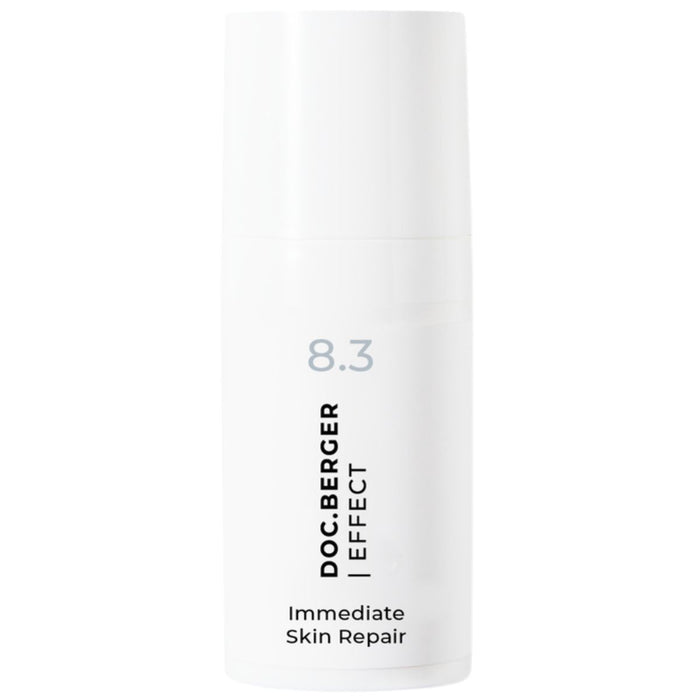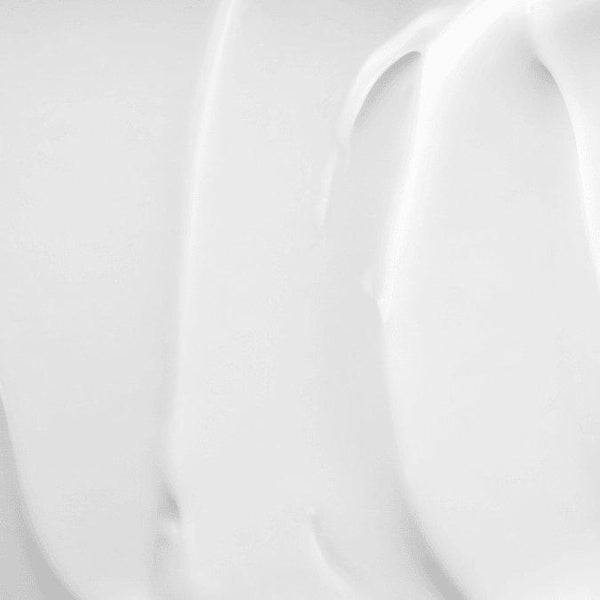How Do Redness and Facial Flushing Develop – and When Do They Occur?
Redness is a common skin concern caused by various internal and external factors. It can appear at any age but is more frequently observed in sensitive skin. The main causes of facial redness include:
Sensitive Skin: People with sensitive skin are more prone to redness due to a weakened skin barrier, which makes the skin more vulnerable to irritation.
Skin Conditions: Chronic skin disorders such as rosacea, eczema, or contact dermatitis can lead to persistent redness and inflammation.
Environmental Factors: Extreme temperatures, wind, sun exposure, and pollution can irritate the skin and trigger redness.
Allergens and Irritants: Cosmetics, cleansing products, certain foods, and allergens may cause skin irritation and redness.
Hormonal Changes: Fluctuations during puberty, pregnancy, or menopause can lead to increased skin sensitivity and facial redness.
Stress and Emotions: Psychological stress and strong emotions can increase blood circulation, resulting in temporary facial flushing or redness.
Soothing Redness – How Does It Work?
There are several effective strategies to reduce redness and calm the skin:
Soothing Skincare Products: Using targeted formulations is essential for visibly reducing redness. Effective active ingredients include:
• Niacinamide (Vitamin B3): Anti-inflammatory, strengthens the skin barrier, and helps reduce visible redness.
• Panthenol (Vitamin B5): Calms the skin, supports healing, and improves hydration.
• Aloe Vera: Hydrates the skin and provides anti-inflammatory and healing effects that soothe irritation.
• Tocopherol (Vitamin E): A powerful antioxidant that protects against free radicals and reduces inflammation.
Gentle Cleansing: Use mild cleansing foams that do not irritate the skin, and avoid hot water, which can worsen redness.
Sun Protection: Daily use of high-SPF sunscreen is essential to protect the skin from UV damage and prevent further redness.
Moisturizing Care: Applying moisturizers regularly helps strengthen the skin barrier and maintain hydration, both of which can visibly reduce redness.
Cool Compresses: Applying cool compresses can help relieve acute redness and inflammation.
Healthy Lifestyle: A balanced diet, sufficient sleep, and avoiding smoking contribute to resilient, calm, and healthy-looking skin.
With consistent care and the right products, you can effectively soothe redness and restore skin comfort.
Our Effective Products for Redness
Effective Active Ingredients for Redness
-
March 26 2024 – Dr. Luise Berger
NIACIN / NIACINAMIDE / VITAMIN B3
Niacinamide works at a cellular level to strengthen and protect the skin. It improves the skin barrier by promoting the production of ceramides, leading to better moisture retention and reduced...
Keep reading -
February 28 2024 – Dr. Luise Berger
PANTHENOL
Panthenol, also known as provitamin B5, is a versatile ingredient valued in skin care for its moisturizing and healing properties. Derived from plant extracts, it is known for its ability...
Keep reading -
March 04 2024 – Dr. Luise Berger
ALOE VERA
Aloe vera is known for its soothing, moisturizing and healing properties. It contains antioxidants, enzymes, vitamins A and C and minerals that nourish and protect the skin. Aloe vera has...
Keep reading -
February 27 2024 – Dr. Luise Berger
TOCOPHEROL
Tocopherol, better known as vitamin E, is a naturally occurring antioxidant found in many plant oils, nuts and green leafy vegetables. It is known for its skin-conditioning properties and its...
Keep reading











